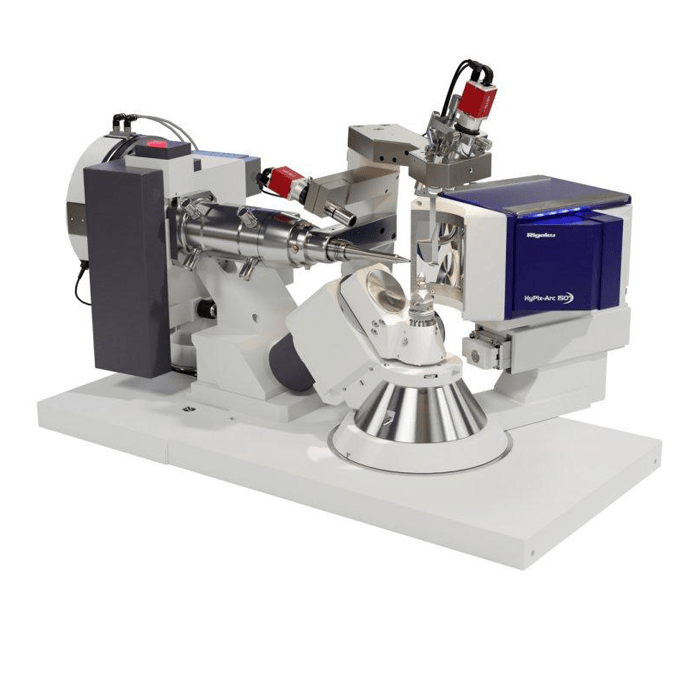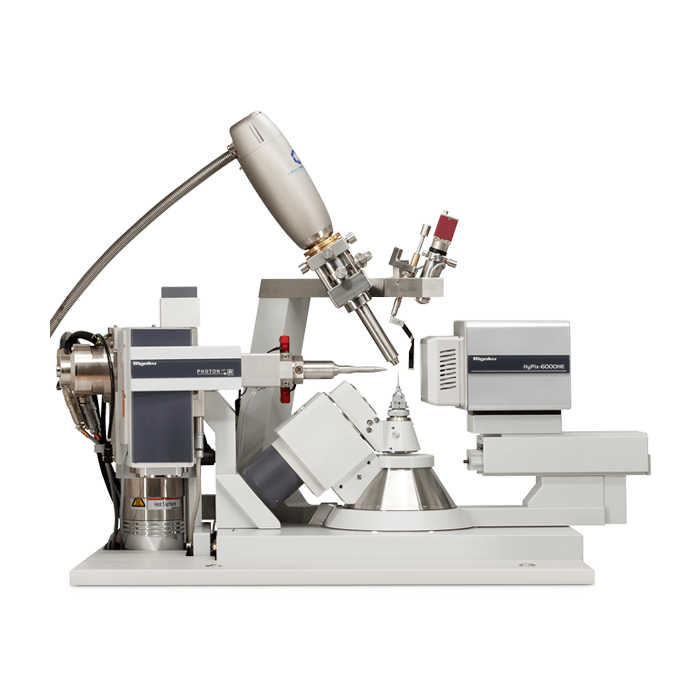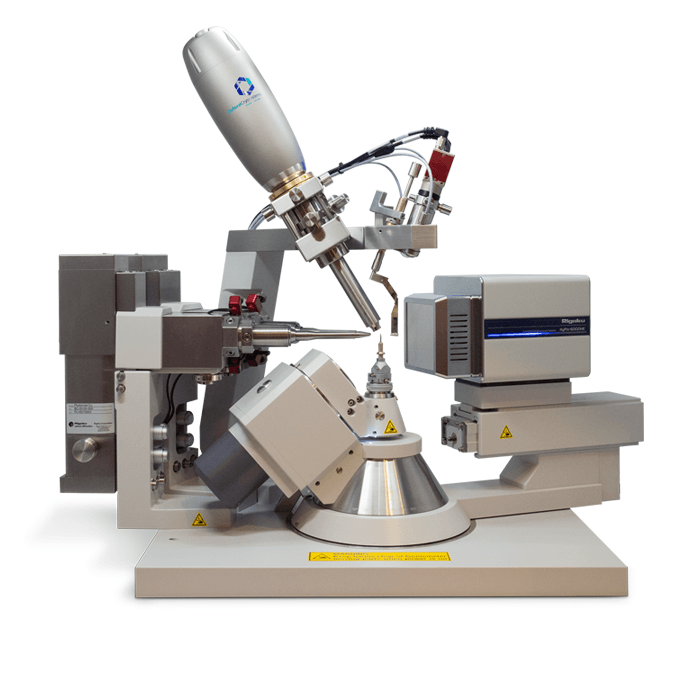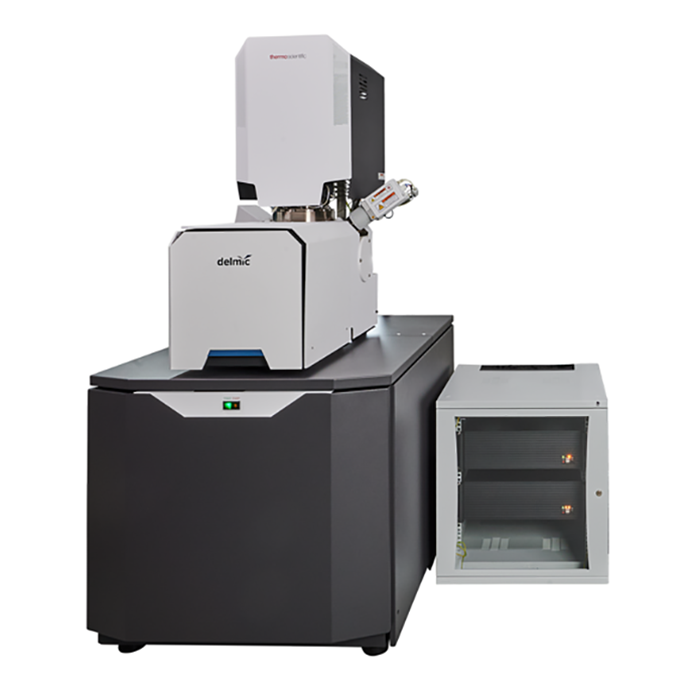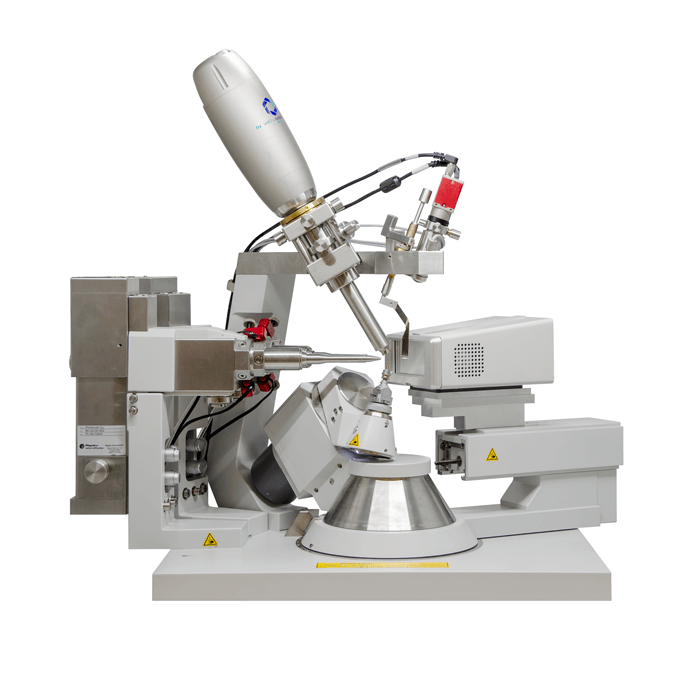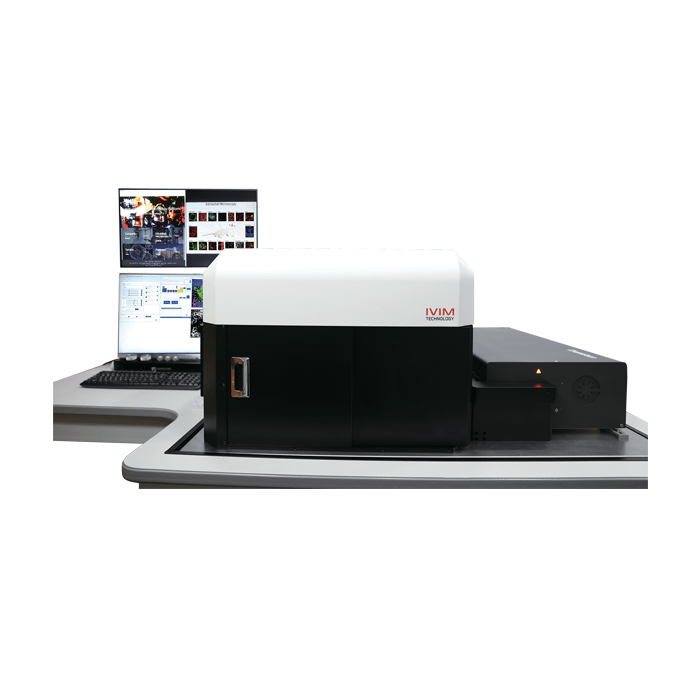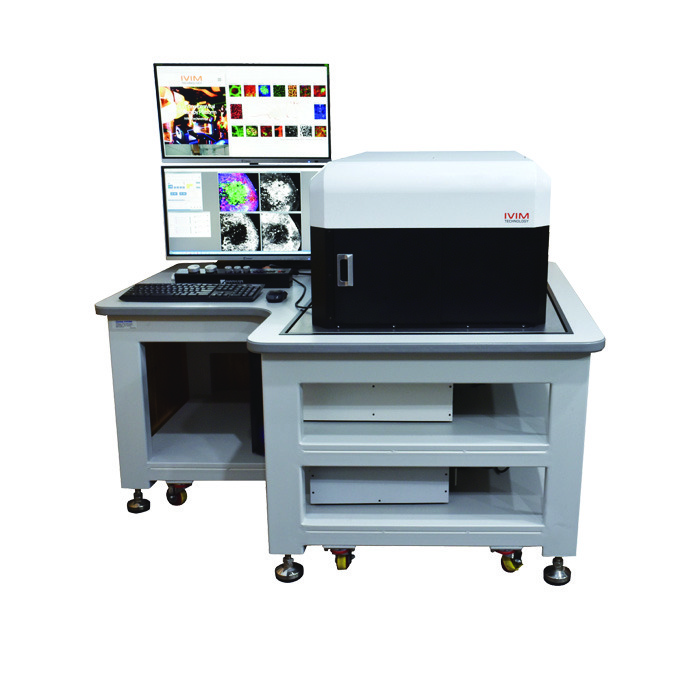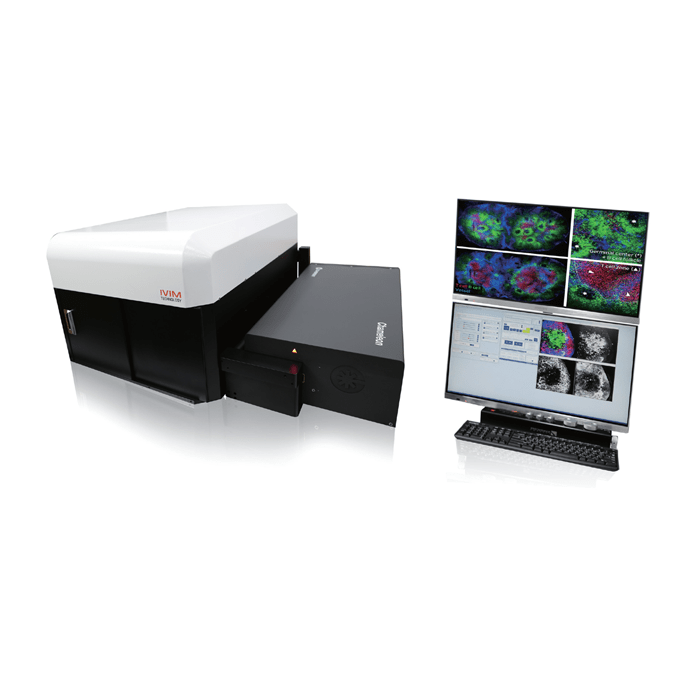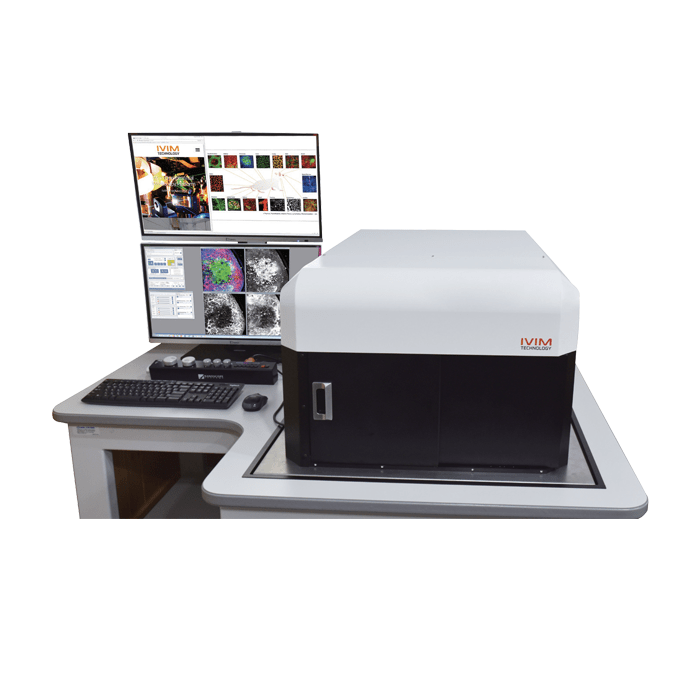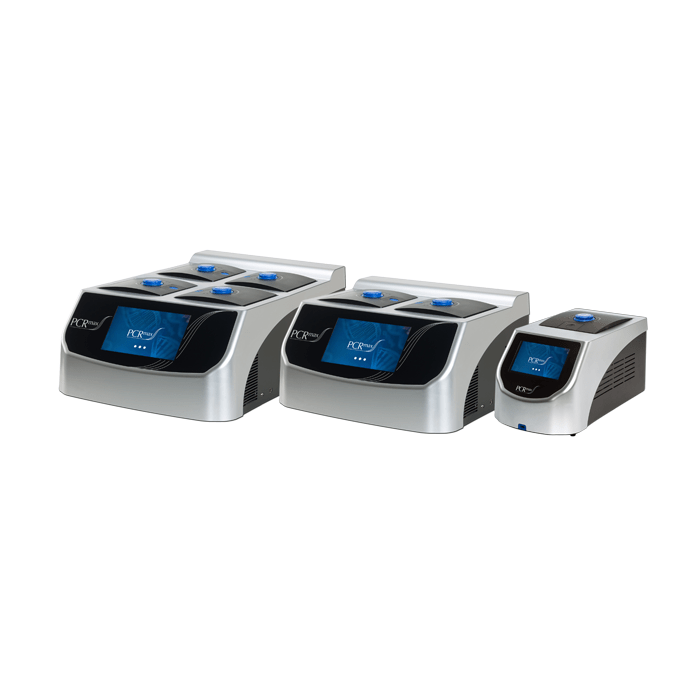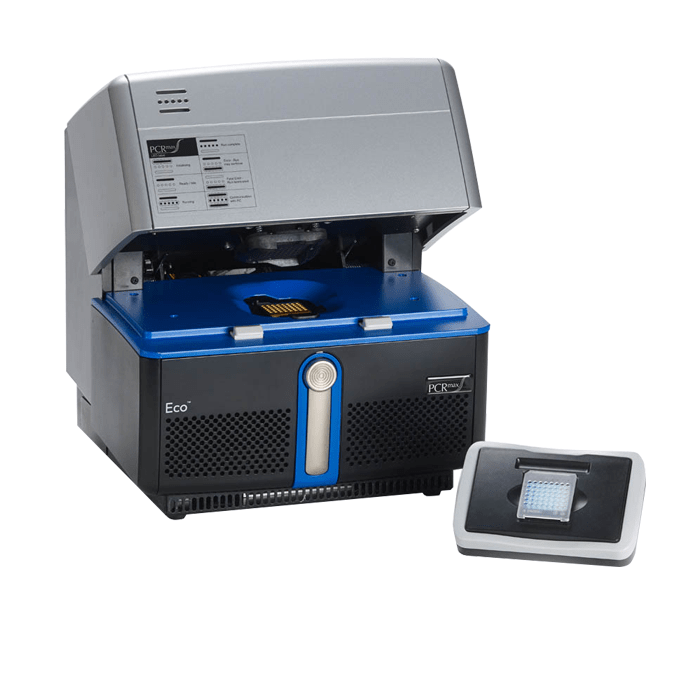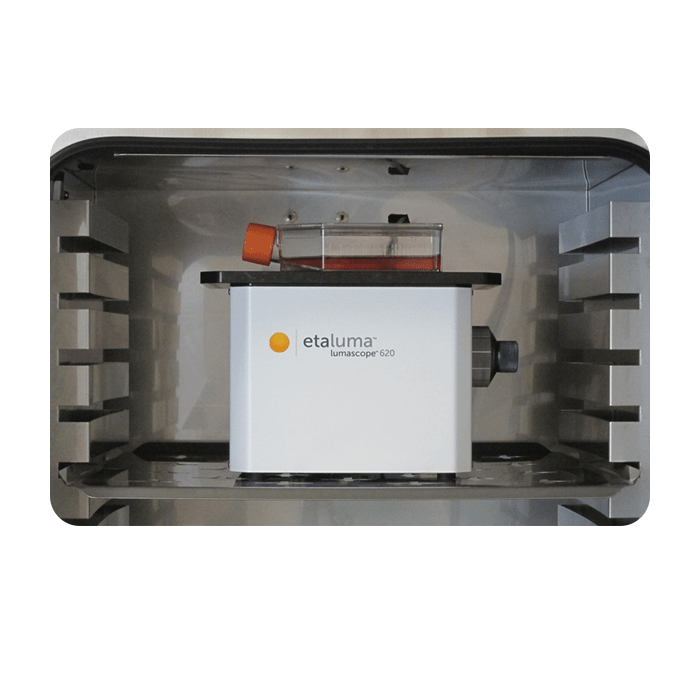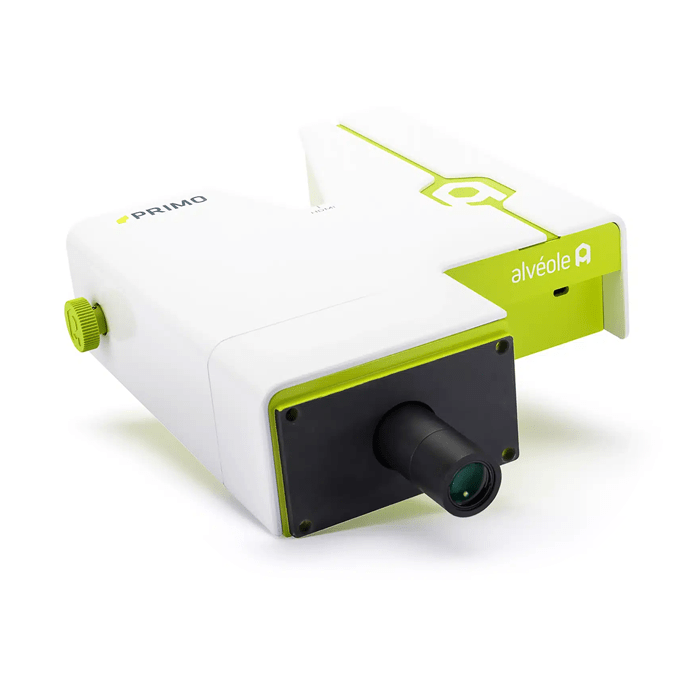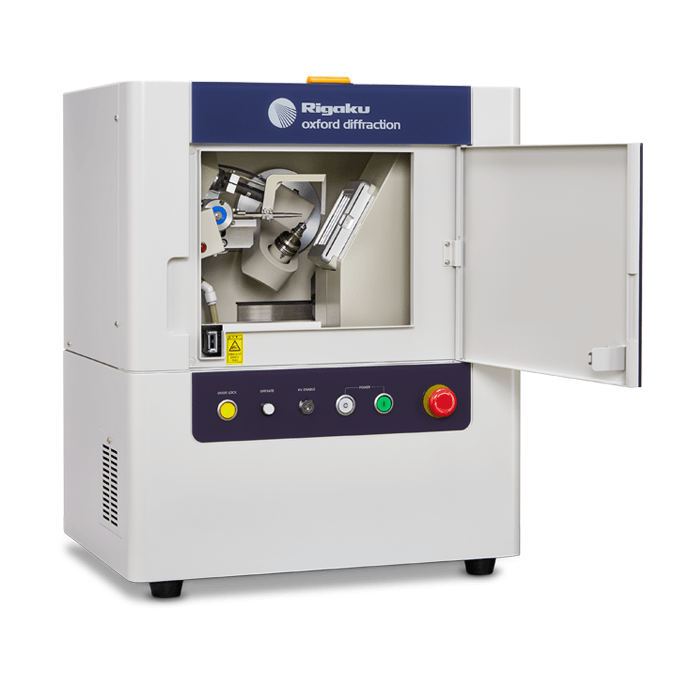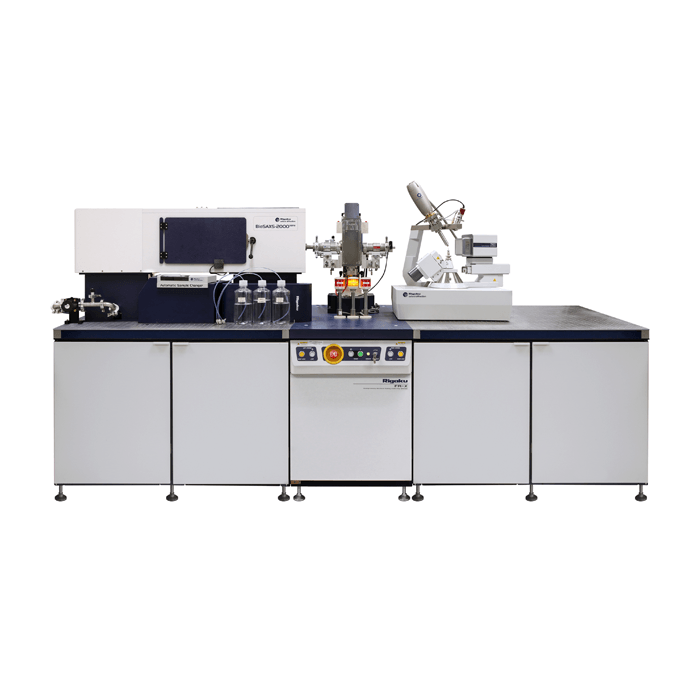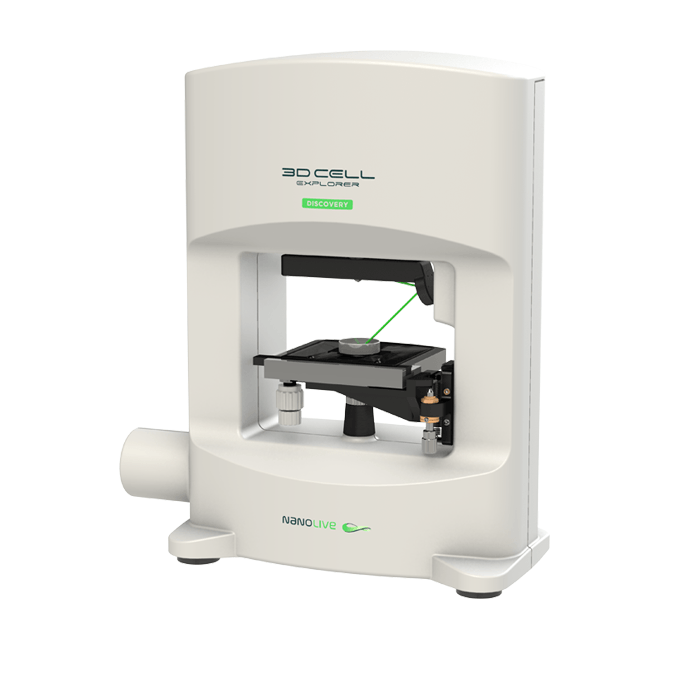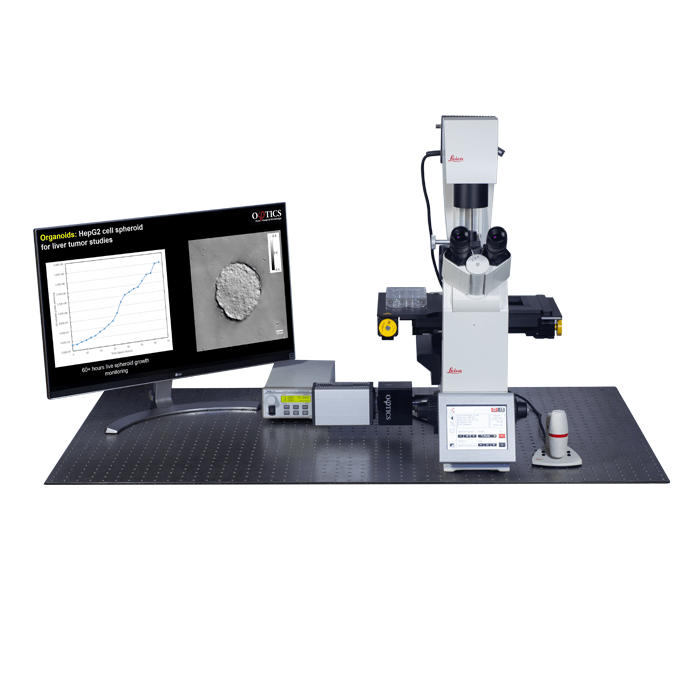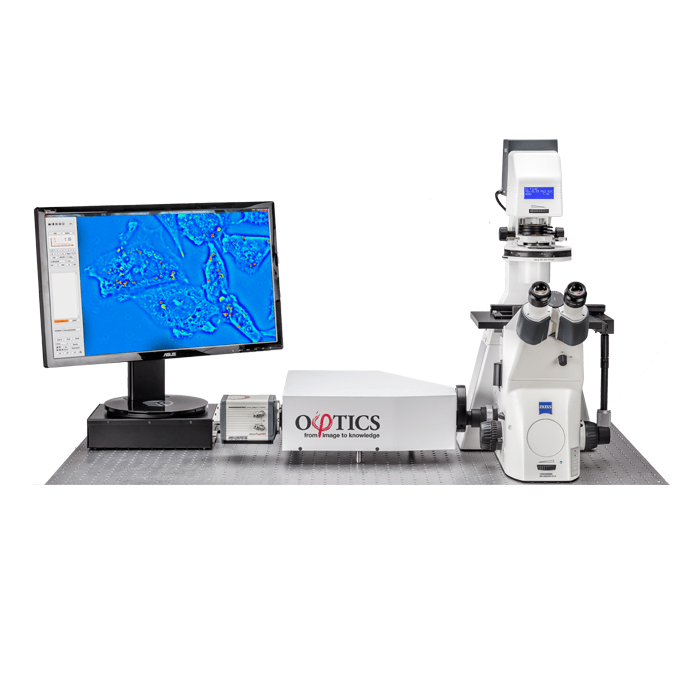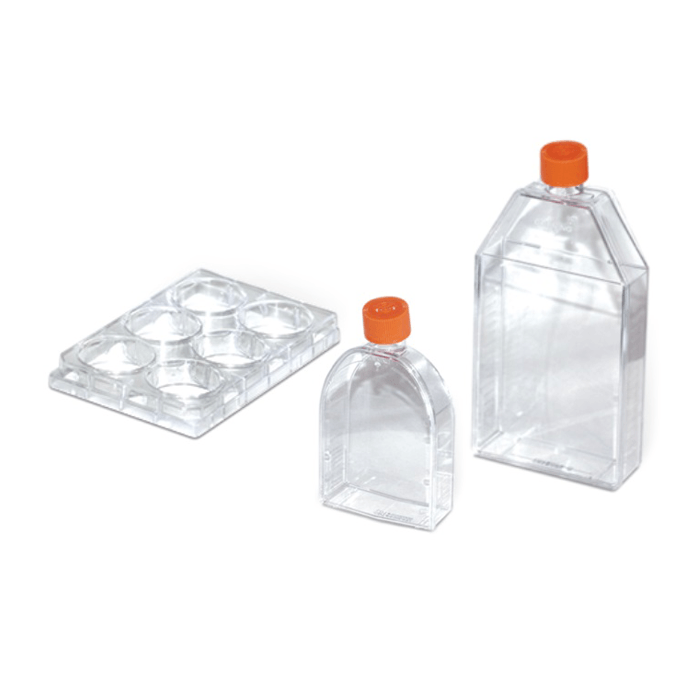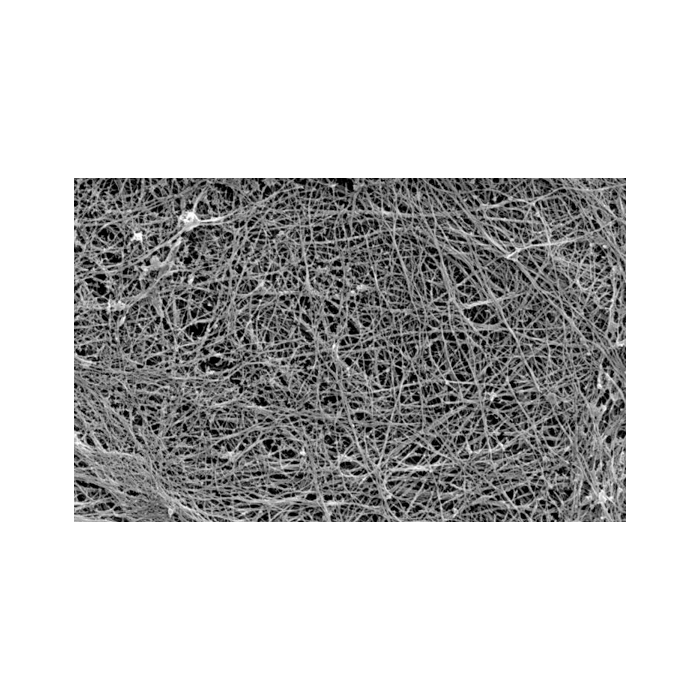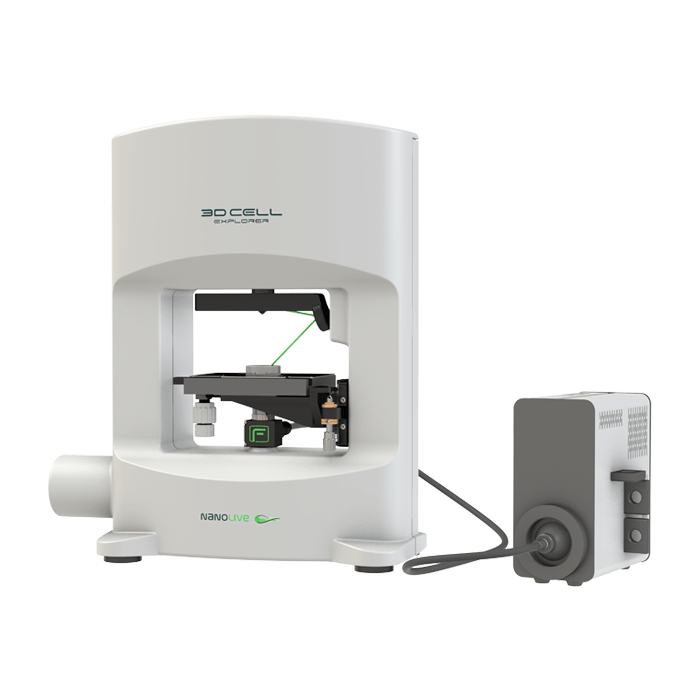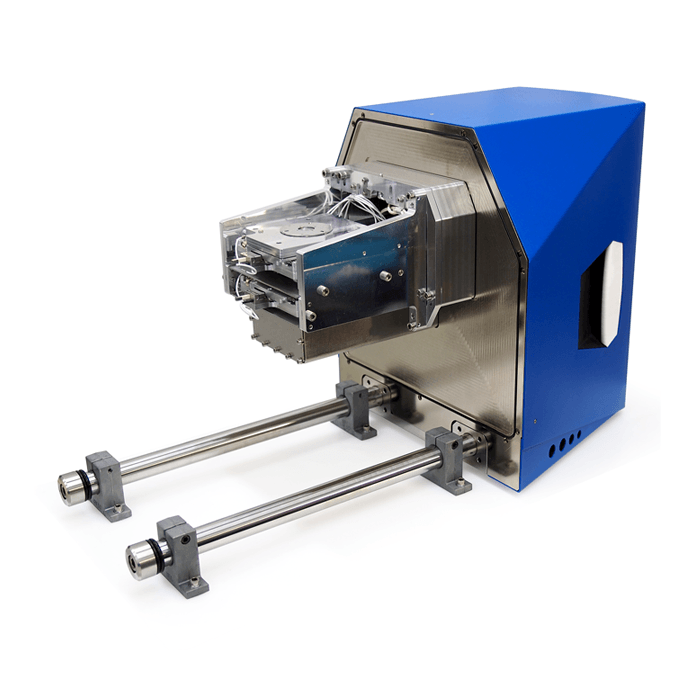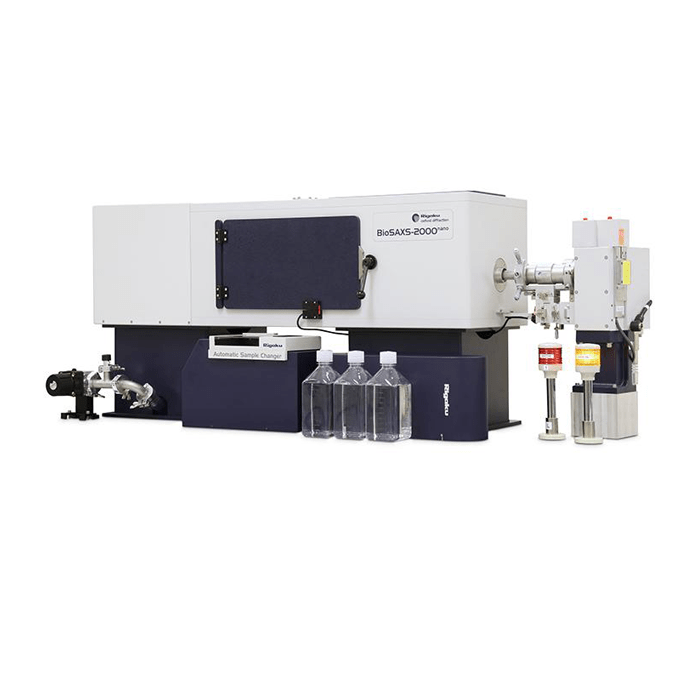m-Trap
Capturing Molecular Interactions
The m-Trap™ is the first entry-level optical tweezers instrument specifically developed for high resolution single-molecule research
-
Key Features
- Dual or single optical trap(s) with unparalleled trap stiffness. Customised to your application
- Force detection sensitivity <0.1pN
- Ultra stable passive pressure microfluidics
- Precise temperature control
- Interference Reflection Microscopy (IRM) For visualisation of samples without the requirements for labelling
- TIRF and widefield upgradable Widefield imaging for high speed capture of biological processes. TIRF imaging for super resolution surface dynamics.
The m-Trap™ is the first entry-level optical tweezers instrument specifically developed for high resolution single-molecule research.
Ultra-high force resolution and stability, with incredible throughput, ease of use and modularity ‒ all at an unprecedented price level.
The m-trap can be combined with a number of new imaging techniques with the release of the Surface Assay toolkit.
The Surface Assay Toolkit is a unique assortment of new features that combines the best of surface imaging and optical tweezers into a fully correlated platform. It brings together optical tweezers with label-free microtubule detection using IRM, fluorescent TIRF and Widefield and introduces new performance features to ensure the most stable experiments at the surface.
-
How does it work…
In 2018 Arthur Ashkin won the Nobel Prize in Physics for his discovery that the momentum of light can be used as an incredibly sensitive set of “tweezers”.
By shooting a laser through a microscope, he created a highly focused beam of light strong enough to trap and hold in place objects such as plastic beads. These beads can be coated to stick to a variety of biomolecules, such as proteins, cytoskeleton filaments, DNA or RNA. Furthermore, the tiniest forces applied to these molecules can be measured as well, giving the world access to a tool not only capable of manipulating biomolecules but also capable of detecting what’s happening to them.
-
…and how can it be applied to my research?
Whether you are aiming to make novel discoveries in the life sciences or develop successful drug candidates, we work on a personal level to find the right solution for you. Browse our extended list of applications to discover how these technologies can benefit your research.
- All
- Biological Microscopy
- Cell Culture
- Confocal Microscopy
- Digital Microscopy
- DNA/RNA
- Electron Microscopy
- Fluorescent Microscopy
- Light Microscopy
- Live Cell Imaging
- Micro XRD
- Microscopy
- Molecular Biology
- Multiphoton Microscopy
- Optical Tweezers
- Powder
- Pre-clinical Imaging
- Protein
- Protein Crystallography
- Quantitative Phase Imaging
- SAXS/WAXS
- Sequencing
- Small Molecule
- Super Resolution Microscopy
- TEM
- Tomographic Microscopy
- XRD & Diffraction

